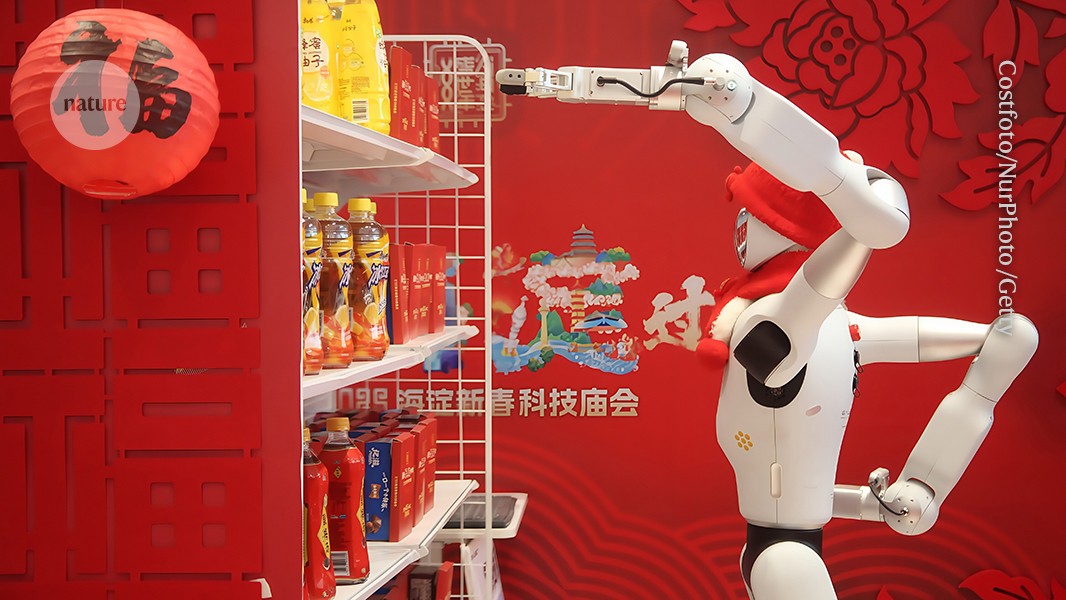China’s Bold Move with Deepseek Signals a Greater Goal in AI-Powered Industrial Innovation

Understanding Peter Thiel’s Insights on Innovation in China
The Background of Thiel’s Argument
In 2015, Peter Thiel, an influential American technology entrepreneur, published his book Zero to One. The book gained significant attention after its translation into Chinese, particularly among Chinese audiences who resonated with some of its key themes. Thiel’s central argument highlighted a concern: while China had a strong track record in scaling and commercializing existing technologies, it fell short in the realm of groundbreaking innovation. He emphasized that true innovation involves creating something entirely new from the ground up.
A Look at Innovation vs. Commercialization
Innovation Definition:
- Refers to the process of developing new ideas, products, or methodologies.
- Involves creativity and originality, leading to unique outcomes.
- Commercialization Definition:
- Involves the process of bringing a new product or technology to market.
- Focuses on scaling existing innovations for consumer use.
Thiel’s perspective suggests that while China excels in utilizing and maximizing existing technologies—like smartphone manufacturing, particularly the iPhone—the core design and innovative processes originate from the United States. Engineers in Silicon Valley, for instance, conceptualize these devices, whereas the manufacturing often takes place in cities like Shenzhen.
The Contrast in Innovation
American Innovation Ecosystem
- The U.S. has long been seen as a leader in technological innovation, partly due to its robust support systems for startups and cutting-edge research.
- Many successful tech giants, including Apple, Google, and Facebook, originally emerged from this ecosystem where creativity and risk-taking are encouraged.
Chinese Commercialization
- China has succeeded remarkably in the fast-paced world of manufacturing and commercialization, quickly adapting and improving existing technologies.
- Major Chinese companies, such as Huawei and Xiaomi, have transformed the global market by providing affordable alternatives and improving existing tech products.
Examples of Innovation and Commercialization in Action
iPhone: The design and development take place in the U.S., showcasing innovative software and hardware integration, while assembly is done in China, highlighting an efficient production ecosystem.
- Alibaba: An example of effective commercialization of the internet and e-commerce in China, adapting concepts developed in the U.S. and modifying them to fit the local consumer market.
The Implications of Thiel’s Views
Thiel’s insights have sparked discussions regarding the future of global innovation. The distinction he makes indicates that while Chinese companies are highly effective in replicating and scaling technology, there is a need for a cultural shift towards fostering original ideas.
Moving Forward in Innovation
To bridge this gap, various strategies may be adopted:
- Educational Reforms: Promoting creativity and critical thinking in the education system helps cultivate future innovators.
- Investment in R&D: Increased funding for research and development can lead to the creation of original technology solutions.
- Encouraging Startup Ecosystems: Supporting start-ups with ideas and solutions that change the game could lead to groundbreaking innovations.
The conversation about innovation and commercialization does not just reflect competition between countries but also presents an opportunity for collaboration, leading to a culture where creativity and adaptation can thrive together. By learning from each other, nations can elevate their respective strengths, so all can benefit.




